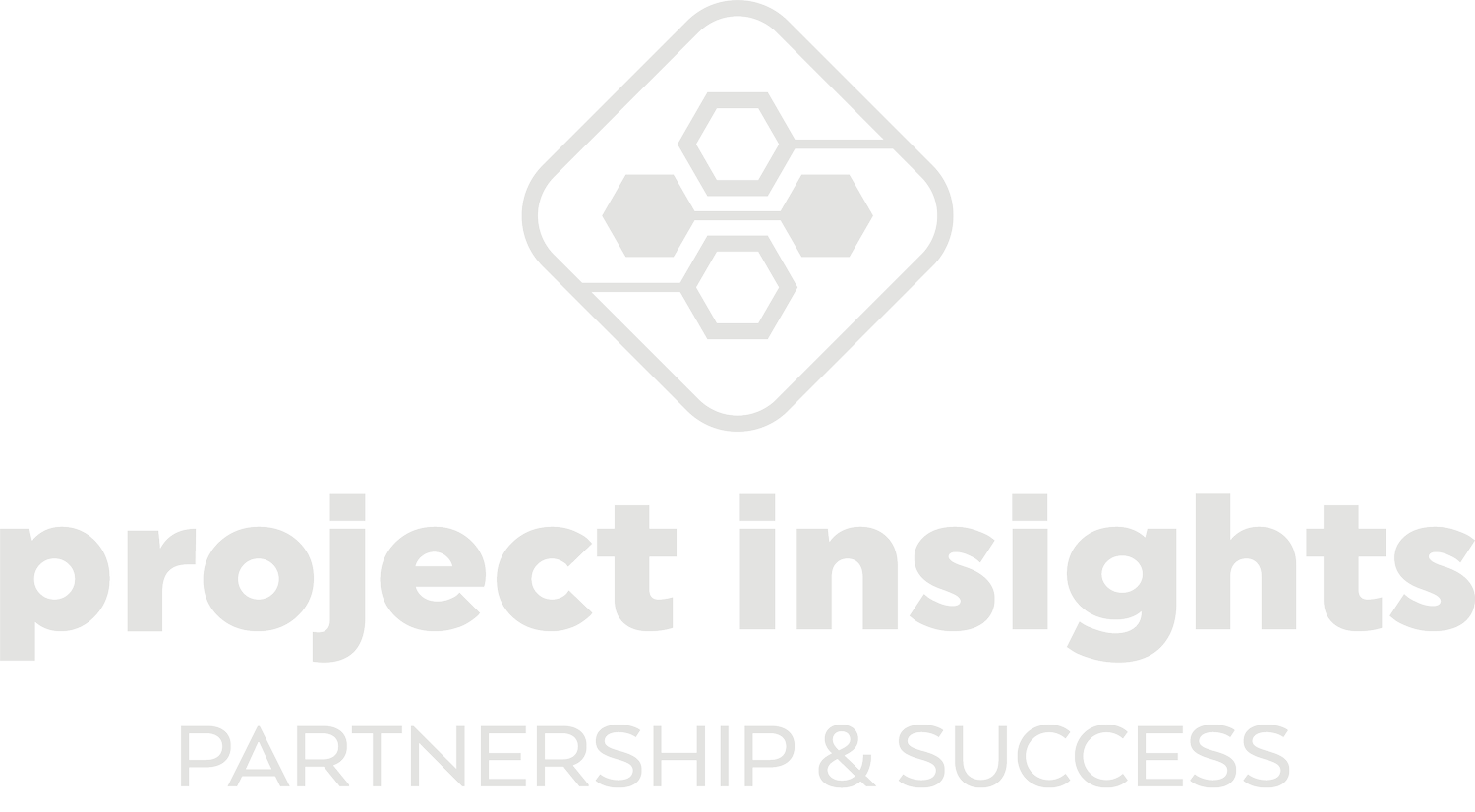
Project Health Check - USA
A project health check was undertaken for a software implementation project in New York City. There were no serious issues identified but stakeholders wanted an independent assessment for their own peace of mind. The agreed objectives were to evaluate the vital signs, identify any hidden problems and recommend corrective actions to keep the project on track.
Objectives and Success Criteria. The project had already been ongoing for several months and the up-to-date objectives and criteria for success of the project had to be clearly understood. This included understanding the scope, expected outcomes, business benefits, timelines and budget.
Data Collection. The next step was to collect data relevant to the project's progress and performance. This involved gathering information on project timelines, budgets, resource allocation, stakeholder engagement, risk management and quality of outputs. Tools like project management software, financial reports and quality assurance tests provided quantitative data, while surveys and interviews with the project team and stakeholders offered qualitative insights.
Project Performance. Using the data collected, the project's performance was evaluated against the defined objectives and criteria for success. Key performance indicators (KPIs) such as project timelines (schedule variance), budget (cost variance), scope (scope creep) and quality metrics were assessed. The evaluation also considered the effectiveness of communication, team dynamics, stakeholder satisfaction and risk management practices.
Reporting Findings and Implementing Recommendations. We communicated our findings of the project health check to the relevant stakeholders. After gaining stakeholder buy-in, we documented the recommended actions, including reference to adjusting the project plan and strategy as necessary.
Identifying Issues and Risks. Some new risks and areas of concern emerged from the evaluation and mitigation strategies were proposed. In particular, there were problems with stakeholder engagement, largely due to a single external contractor taking on multiple roles within the project. By more appropriately assigning key roles to client stakeholders, engagement improved.
Recommend Corrective Actions. In addition to the improved stakeholder engagement, corrective actions were suggested over the formality with which project meetings were being run. Key project members frequently did not turn up, or were late for meetings. We provided some project manager coaching to introduce some additional gravitas into the communication around meetings. By reducing the frequency and length of meetings, but insisting everyone attend and start on time, we achieved efficiencies for everyone.
Monitoring Progress. We proposed continued monitoring of the progress of the project as the corrective actions were implemented. We agreed to attend monthly review meetings for the duration of the project to ensure it remained on track and could adapt to changes or challenges as they arose.
